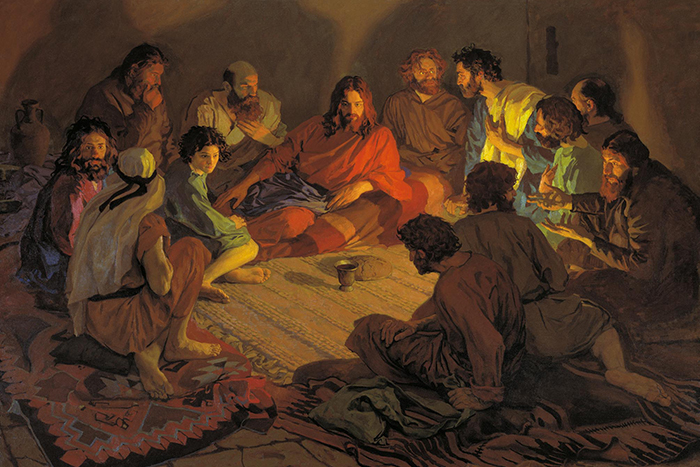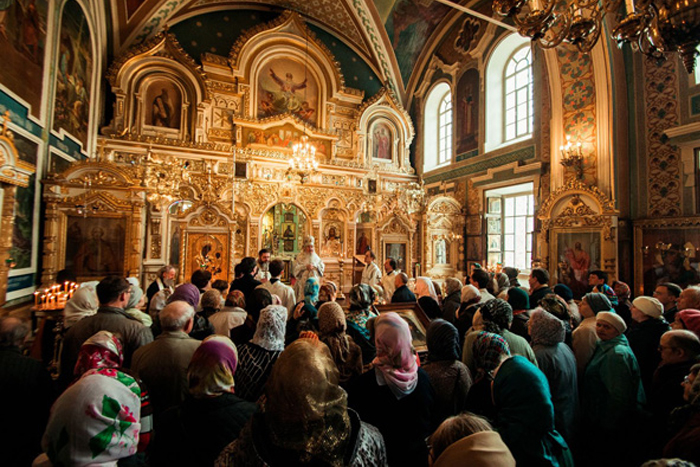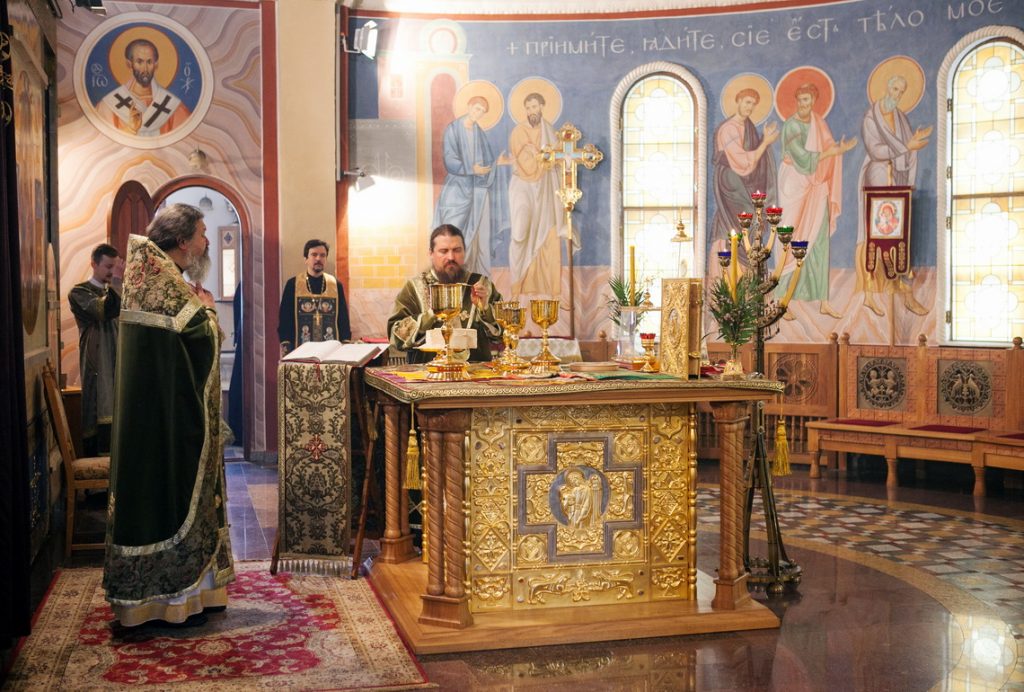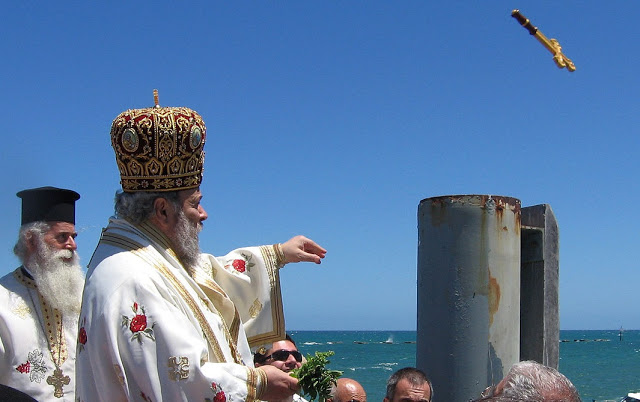
And he took bread, and gave thanks, and brake it, and gave unto them, saying, This is my body which is given for you: this do in remembrance of me. (Luke 22:19). The words of Christ in Ancient Greek “this do in remembrance of me” read as “τοῦτο ποιεῖτε εἰς τὴν ἐμὴν ἀνάμνησιν”. The word “ἀνάμνησιν” received a deep ecclesiological and theological consideration and gave the name to one of the most important parts of the Eucharistic prayer. What is the meaning and significance of the anamnesis in the Orthodox Liturgy?
Anamnesis in the Old Testament
Before we outline the role of Anamnesis in Christian worship, it is worth noting that its roots lie in the ancient Jewish Passover meal, during which all Jews prayerfully remembered the events of Exodus from Egypt and the wonders the Lord had worked for his people. It was God’s command to His people until the end of the age to remember how the Lord had brought Israel out of the bondage of Pharaoh with the mighty hand, and the stretched out arm (See Deut. 7:19.) Israel, however, celebrated the Passover very seldom, and at times even forgot how to do it, for which God punished them. In fact, the Last Supper was a Passover meal at which the Exodus from Egypt was remembered. By establishing the Sacrament of the Eucharist, the Lord commands all who believe in His name to eat His Body and drink His Blood, and to do this in His memory.
Anamnesis in the Church
The Church has observed this commandment since apostolic times and will continue to do so till the end of time, remembering the institution of our salvation by the Son of God, just as the Old Testament Church remembered its deliverance from Egypt. The Anamnesis of what Jesus had done became one of the key elements of the Anaphora in the Eucharistic divine service, from which the Epiclesis (the summoning of the Holy Spirit upon the Gifts) follows logically. Most Eucharistic prayers known to us contain an Anamnesis, as evidenced by church history. It is an intriguing fact that Anamnesis in the Orthodox liturgical tradition is present not only in anaphoras, but also in other services, such as the Great Blessing of Water, which shows the importance of the Anamnesis in the prayer life of the Church, as well as the deep roots of the Orthodox liturgical service in the “memory” of the redemptive actions of God, which are recorded in the Scriptures and preserved in the Tradition.
Testimony of the Fathers and Liturgical Texts
In a liturgical context, the term “anamnesis” is found for the first time in the writings of St. Justin Martyr (†166), who in his Dialogue with Trypho the Jew (Chapter 41) writes that the offering of the Eucharist itself is an anamnesis of the Lord’s suffering and thanksgiving to God. The Liturgy described by St. Hippolytus (†235) also contains the Anamnesis: “This is My Body… This is My Blood… when you do this, do it in My memory. So, in remembrance of His death and Resurrection, we offer the Bread and the Cup to You…” (Apostolic Tradition, 4).
Byzantine anaphoras also contain a distinct anamnesis, which is especially evident in the St. Basil the Great’s Anaphora, where the Anamnesis, in addition to a detailed recollection of the acts of Christ and the salvation He accomplished, also lists in detail the blessings of God granted to mankind in the Old Testament era: “You sent prophets, made powers by thy saints, who in every way pleased thee, spoke to us in the mouth of thy prophets… you have given the law to help us, and sent your angels as guardians…”. (St. Basil the Great’s Anaphora). The Anamnesis of the Liturgy of St. John Chrysostom is more succinct and concise; however, like St. Basil’s anaphora, it contains a paradoxical memory of what has not yet happened and what we await with awe. We thank God and liturgically recall the Second Coming of Christ: “In remembrance of this saving commandment, and all the things that happened for our sake: the cross, the sepulcher, the resurrection in three days, the ascent to heaven, the sitting at the right hand, the second and glorious coming…” (The Anaphora of St. John Chrysostom).
So, the function of the Anamnesis in the divine service and especially in the Liturgy is to fulfill the direct commandment of Jesus: to remember Him, to remember what He did for the sake of our salvation and, remembering God’s blessings, to bring the Bread and the Cup according to the commandment, to proclaim the Death of Christ, to proclaim His Bright Resurrection, and to anticipate the Second Coming in glory. Remembering the Plan of our salvation makes the Christian community the witness of Gospel events, contributes to the strengthening of our faith and active trust in God. The Church itself is a constant reminder of Christ; her mission is to proclaim to the nations the coming Messiah and to be the chamber in which the Lord reveals Himself to His disciples.



